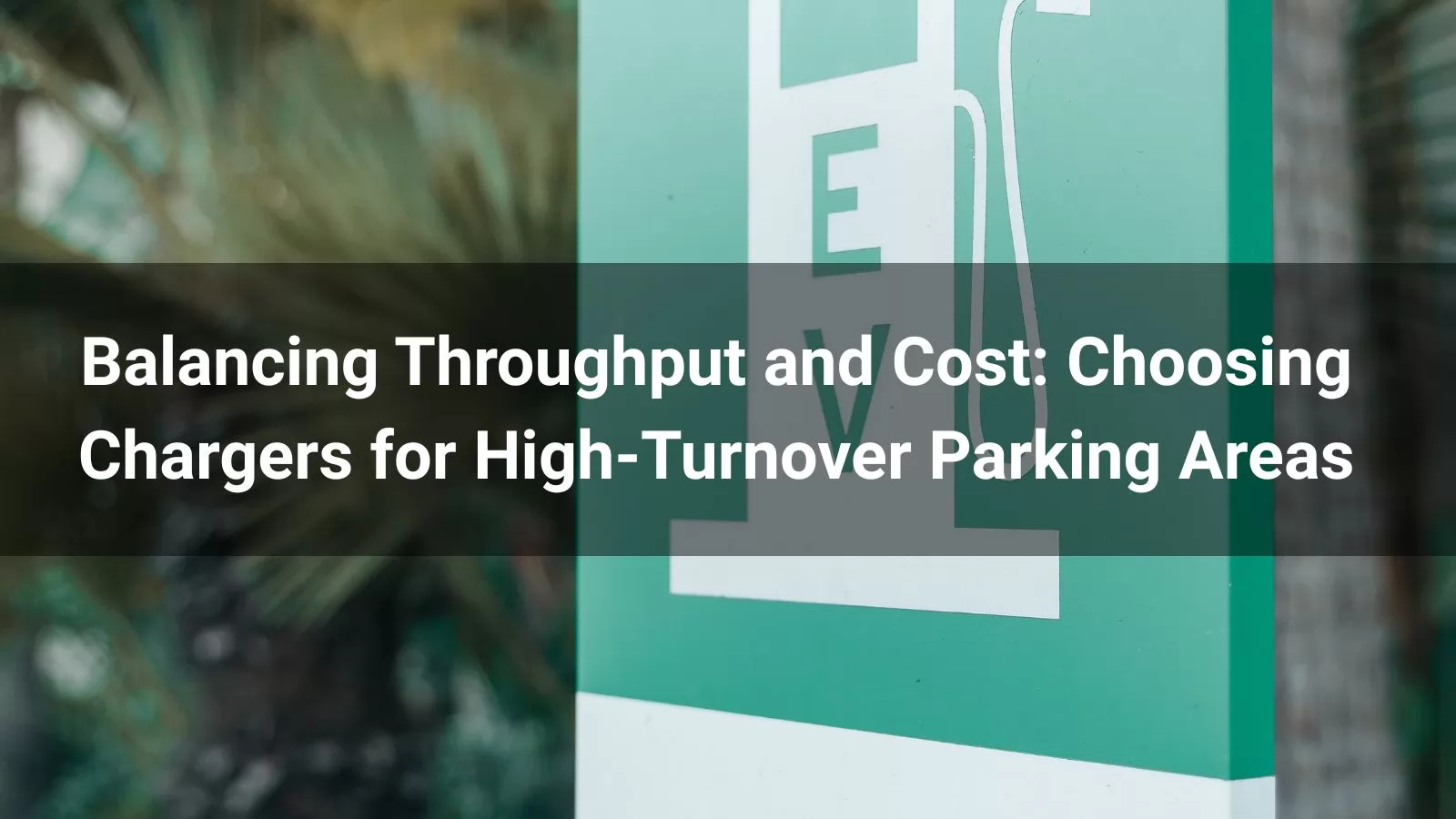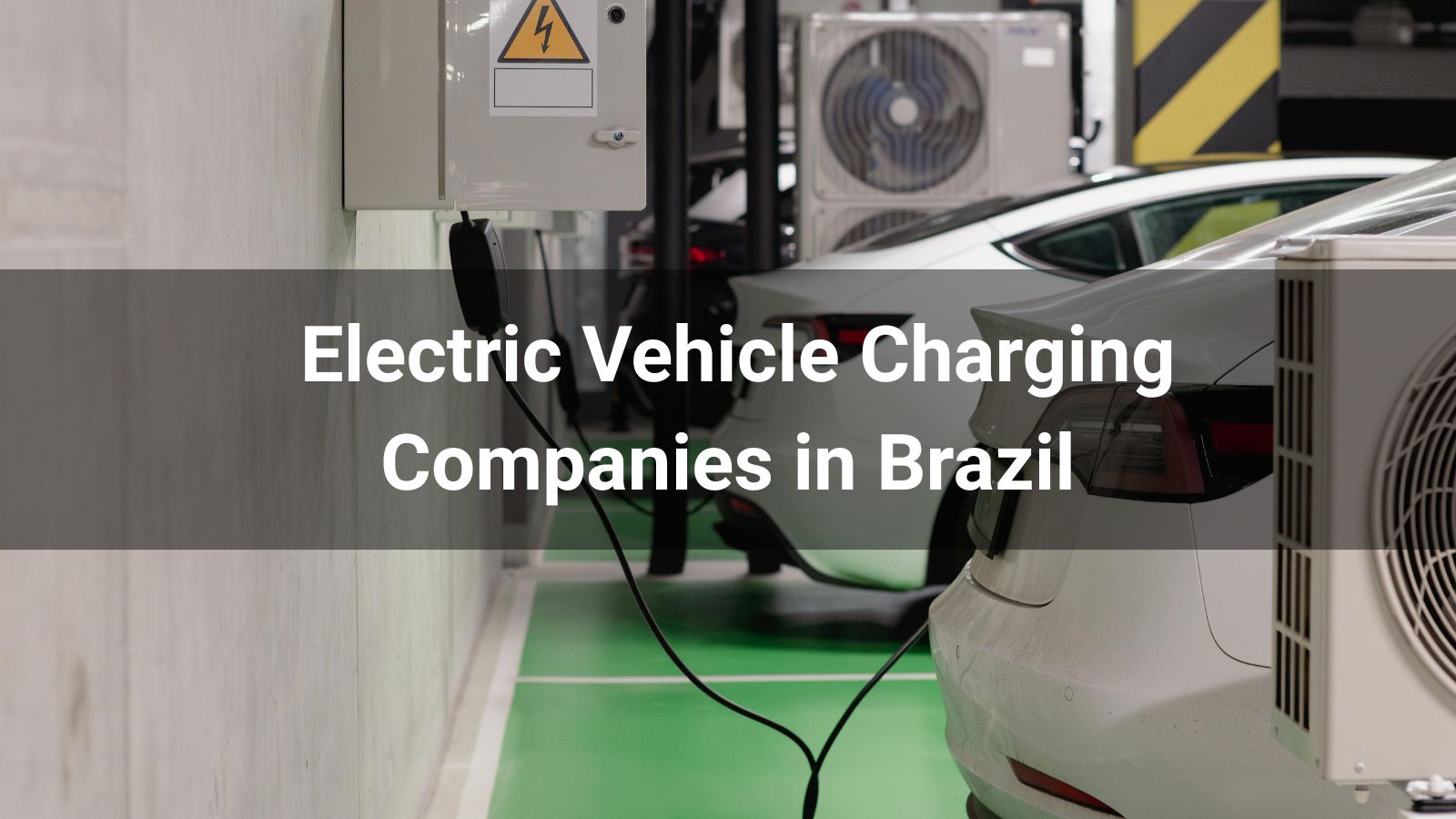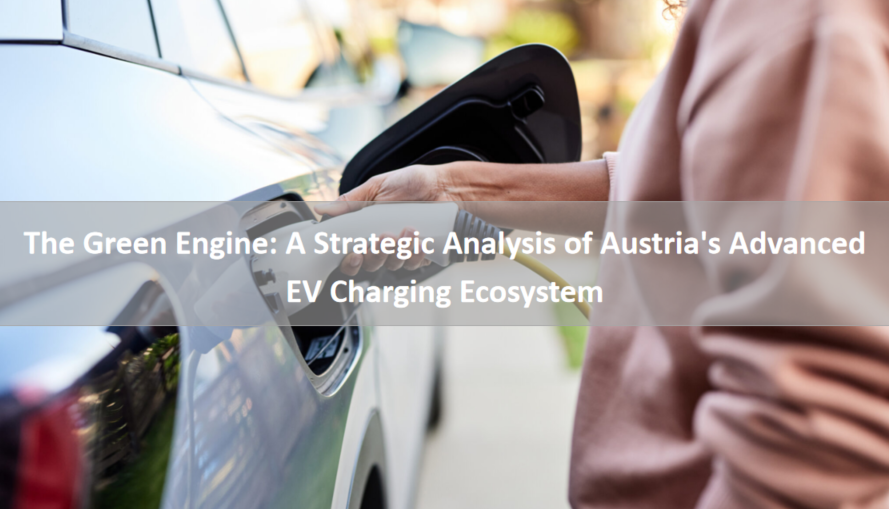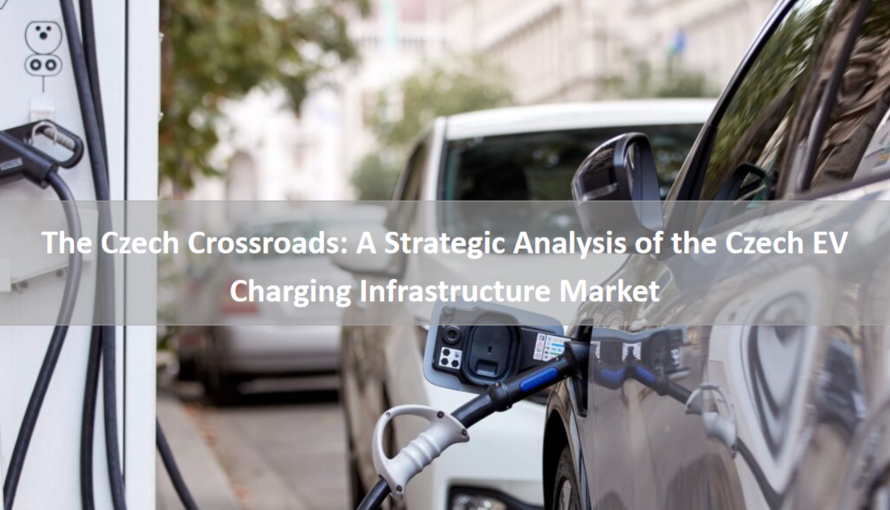
High-turnover parking areas such as shopping centers, airports, and commercial hubs require EV chargers that serve many users efficiently. The challenge lies in balancing peak hour load, enabling multi-point access, and integrating user payment systems—all while keeping infrastructure and operating costs under control. Anari Energy’s DC Charging Station product series, especially the new “Vulco DC Series,” offers an optimized solution.
During bustling hours, power demand spikes sharply. Without proper management, charging stations can exceed site capacity, trigger grid penalties, and stall new vehicles at the queue.
To serve multiple EVs simultaneously, each station should support several connection points. Failure to do so leads to long waits, frustrated users, and lost revenue.
Effective billing—whether via subscription, ad-hoc credit cards, RFID, or app—must be accurate, user-friendly, and tightly integrated with station operations. In high turnover locations, convenience and speed are essential.
Smart load management lets chargers allocate power dynamically based on real-time usage—shaving peaks during busy windows and redistributing available capacity.
DC fast chargers with multiple connectors (CCS, CHAdeMO, Type 2) serve multiple vehicles at once. High-power DC stations are increasingly preferred in public and commercial settings.
Modern DC stations offer app-based, RFID, cashless credit card, and QR-code payment options; they integrate seamlessly with charge-point management systems (CPMS).
Anari’s latest Vulco DC Series encapsulates all the above needs:
• Multi-point output: Two DC ports (CCS1/CCS2, CHAdeMO) plus an AC Type 2 outlet—ideal for diverse user flows.
• Flexible power range: 60–360 kW per port, enabling ultra-fast, high-throughput service (up to 500 km/15 min).
• Load management: Intelligent control via OCPP-compliant CMS—supports dynamic peak shaving and multi-connector balancing.
• Payment flexibility: Built-in app controls, RFID, optional POS module for contactless card access, and cashless billing.
• Robust & safe design: IP54 rating, advanced over/under-voltage and overload protection, intuitive interface.
Other DC variants offer stable, weatherproof performance with user-friendly apps and robust safety features.
| Challenge | Anari Vulco DC Features | Benefits |
| Peak Hour Load Management | Dynamic load balancing via CMS, OCPP-integrated control | Avoid grid overload and utility penalties current.eco+10ampeco.com+10evchargingsummit.com+10 |
| High Throughput/Multi‑Vehicle Access | 2× DC + 1× AC connectors, 60–360 kW per port | Serve multiple vehicles fast, reduce queue time |
| User Convenience | App control, RFID, credit card POS, OCPP support | Frictionless payment; higher satisfaction |
| Operational Safety & Durability | IP54/66, overload/over‑voltage protection, solid build | Reliable operation under harsh weather conditions |
| Cost‑Efficiency | Smart charging, peak shaving, reduced installation complexity | Lower utility costs and capex |
DC fast chargers handle ~3× more vehicles than AC counterparts, delivering ~40 kWh per session for DC vs. 10–20 kWh with Level 2. Anari’s 360 kW ports can support high rotation during peak demand.
By shifting loads off-peak and avoiding peak-hour tariffs, operators reduce energy costs and avoid demand charge surcharges.
Cashless POS and billing integration reduce barriers and capture more ad-hoc users; high uptime ensures continuous revenue via throughput maximization.
Evaluate peak load needs and determine optimal number and power rating of Vulco stations.
Set up dynamic load balancing rules to manage simultaneous active connectors.
Use app, RFID, and POS to support subscriptions, ad-hoc users, and meet accessibility standards.
Leverage CMS analytics to optimize load profiles, adjust to site usage patterns, and enhance ROI.
High-turnover parking environments demand solutions that balance throughput and cost. Anari Energy’s Vulco DC Series combines multi-connector access, dynamic load management, and seamless user payment options in a safe, durable package. Operators can maximize vehicle throughput, reduce energy expenses, and deliver superior user experience—transforming EV charging into a strategic asset for commercial growth.
Read more:







